Hello, feathered friends.
The extremely warm winter continued during February. This month, which is otherwise one of the coldest in previous years, passed without a single day with daily temperatures below zero. During the night, however, the temperature dropped below zero for almost half a month. Only the cold nights gave away the seasons.
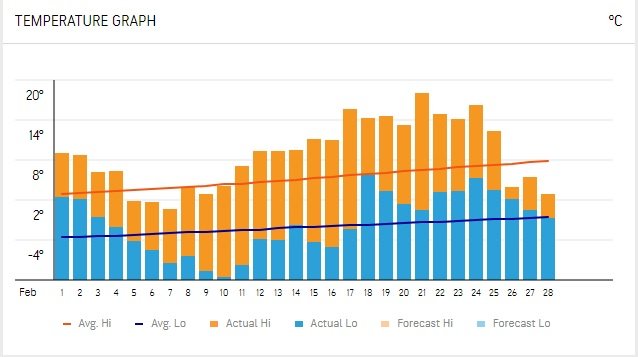
Even though it was a warm month, I didn't walk as much or do bird photography as usual. But I still managed, when I had my camera with me, to spot and document twenty different bird species. I even had the chance to notice a new species of bird that I had never seen before in this region.
All birds were again observed and photographed in an area with a diameter of 10 kilometers from my house.
The majority of the time, this raptor can be seen calmly stalking its prey from a tree, post, or any elevation throughout the course of the year. It is a cautious bird that forbids approaching.
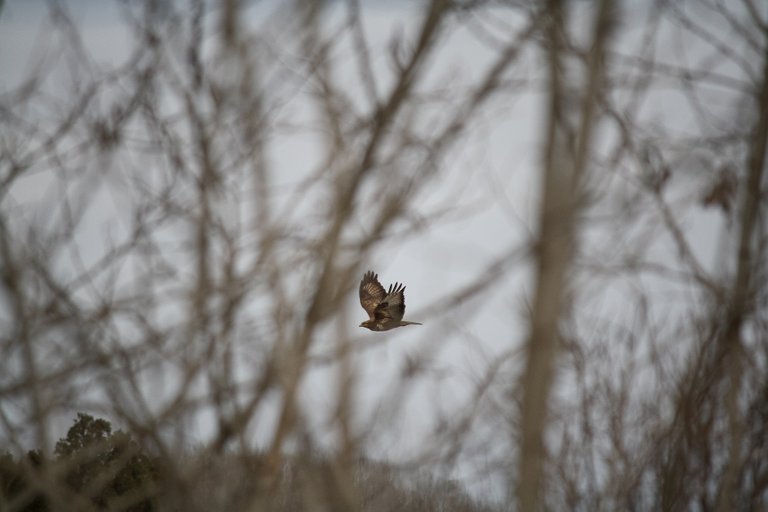
This owl species comes in at the end of September and leaves at the start of April. Compared to last year, its numbers are currently declining. It spends the day sleeping in trees located in the center of populated regions. Since they spend most of the day in the treetops, getting close enough to capture them is simple.
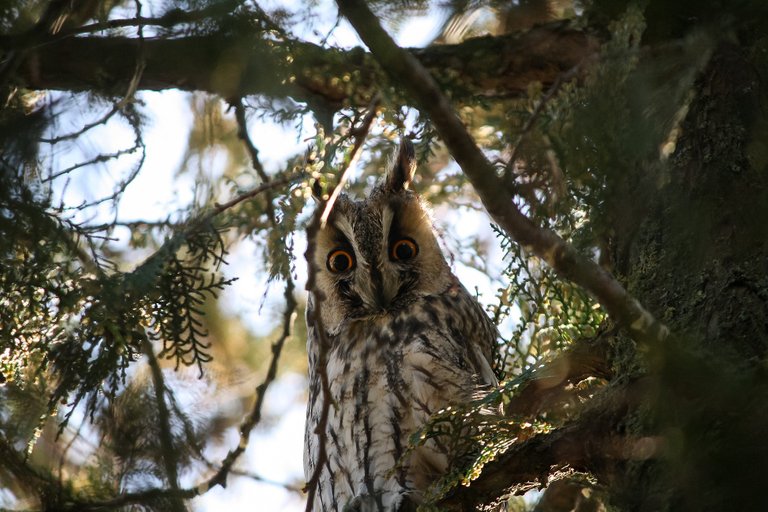
It is another raptor that is visible all year long. I frequently encounter a male of this species in the forest surrounding the pond where I reside. At the end of May and the start of June, they even build their nests in the forest.
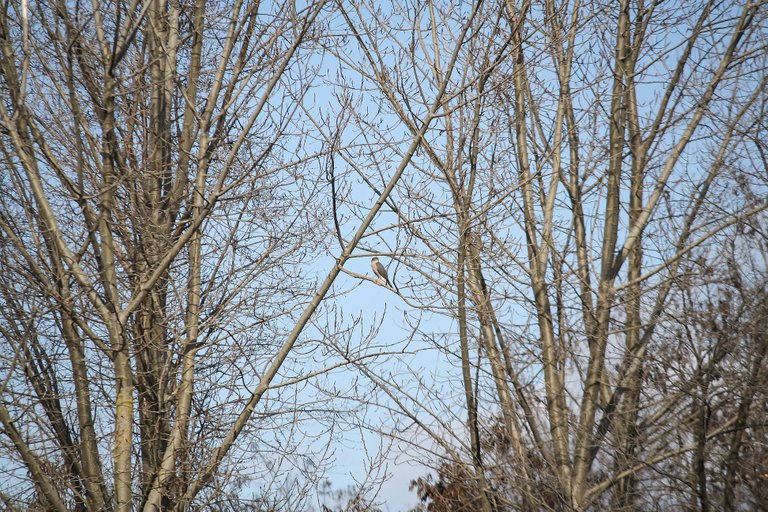
This species of bird makes its homes close to humans and nests inside of buildings. This is the bird that lives in my backyard. Let's say, that it's my neighbor. It is believed to be beneficial because it eats a variety of insects, primarily flies and midges. I often watch it feed in the yard.
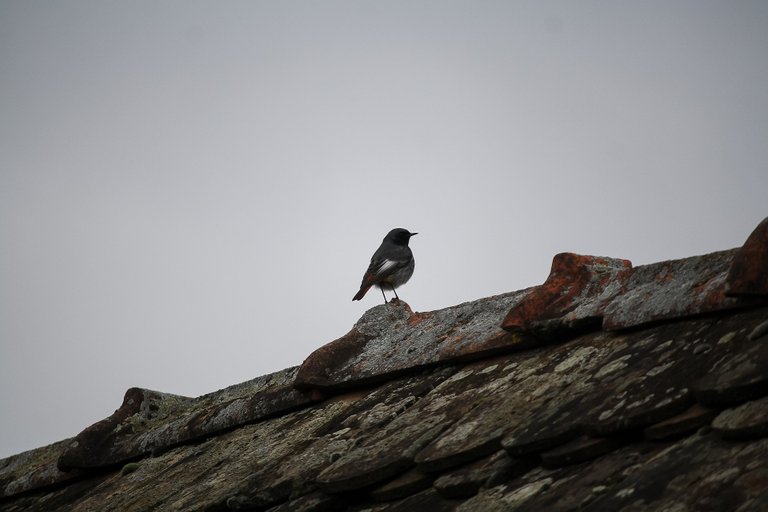
I noticed that there are fewer of them this year, especially during the winter. Although their numbers are declining, they can be seen and heard in populated areas as well as in the nearby woods.
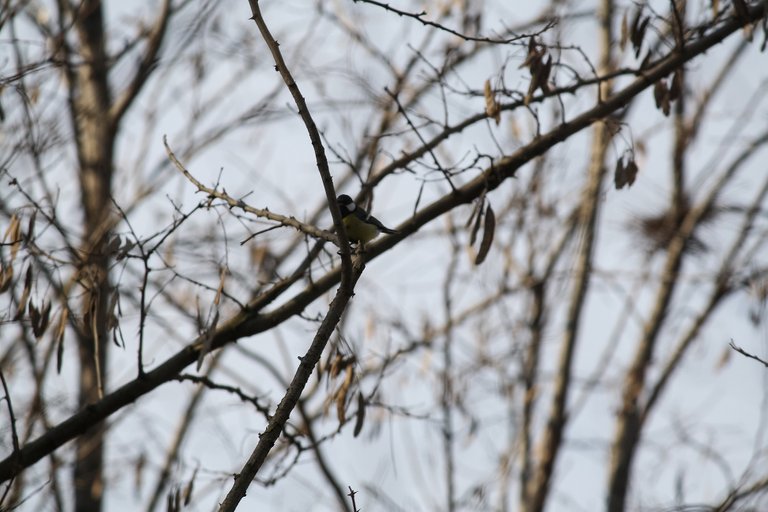
This is a new species of bird that I have not seen in these parts before. I noticed a small group in the reeds by the pond. Luckily I had my camera with me to document it.
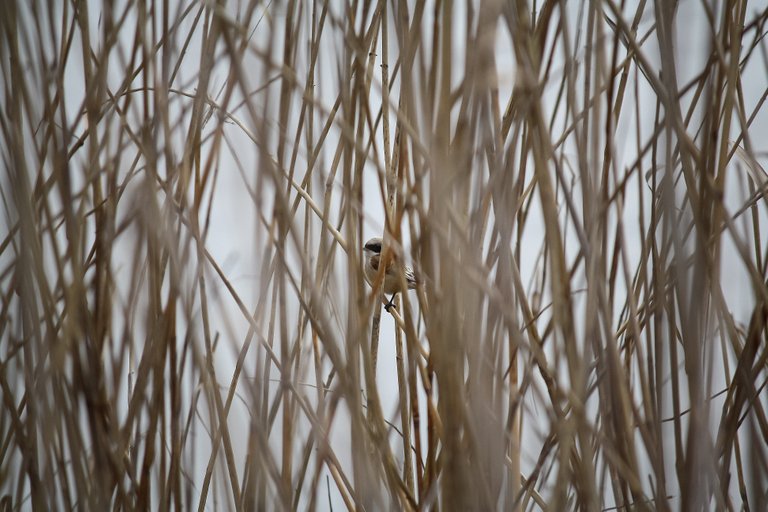
This species begins visiting the village frequently in January and can first be seen outside the village before entering the center and spending time on the top of tall trees.
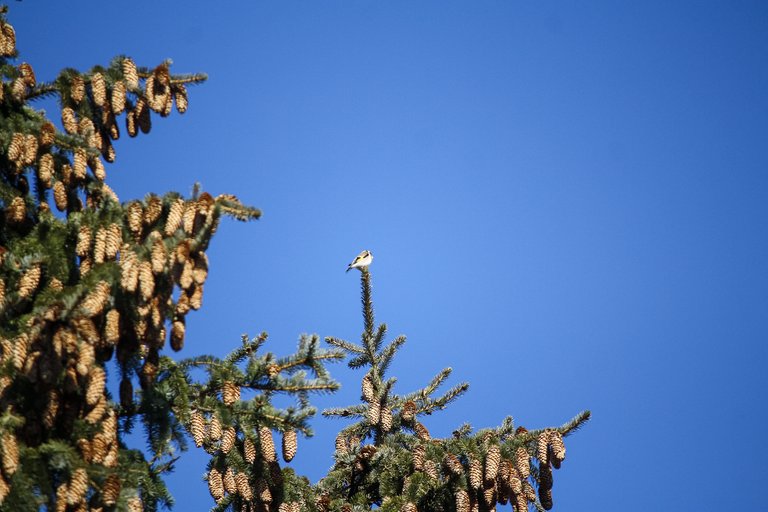
They are visible in the dense evergreen tree canopies during the winter. They are incredibly nimble and challenging to capture.
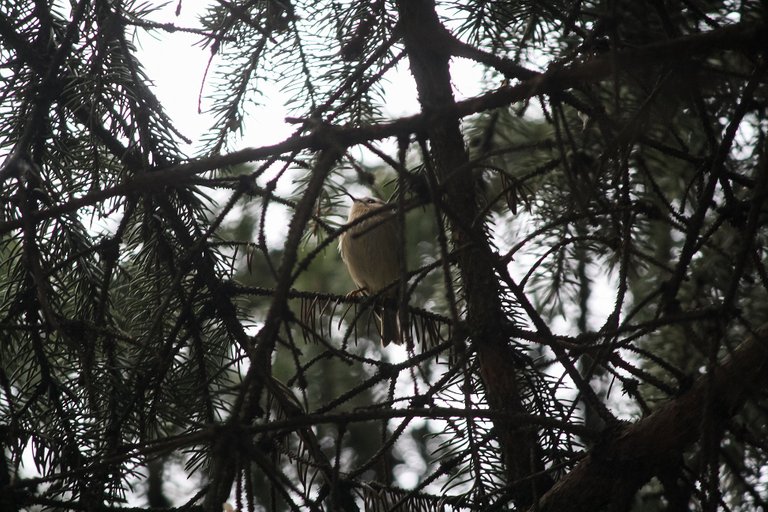
This type of bird starts visiting these parts at the beginning of the year. They are rarely in groups and most often I meet individual specimens high in the trees.
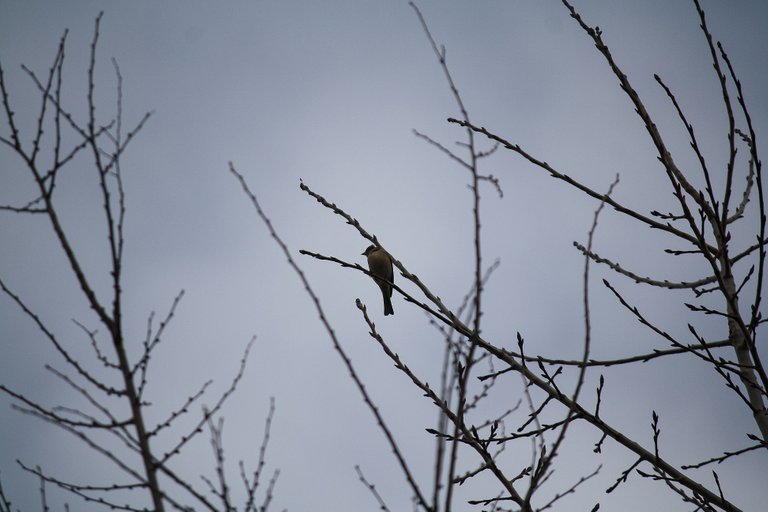
It is one of the most numerous birds throughout the year. They are most often found in groups in bushes and low trees outside of settlements. Although they are very common in populated areas. This bird came to the pond to quench its thirst after a hearty lunch.
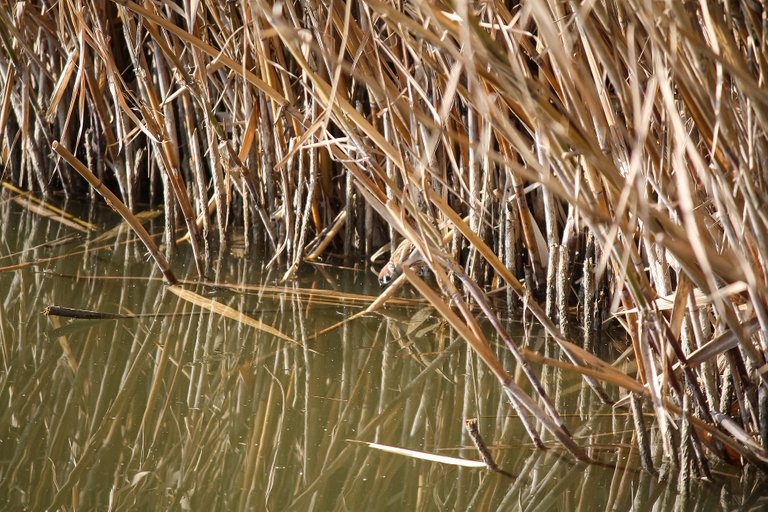
The female of this species searches the tree for food.
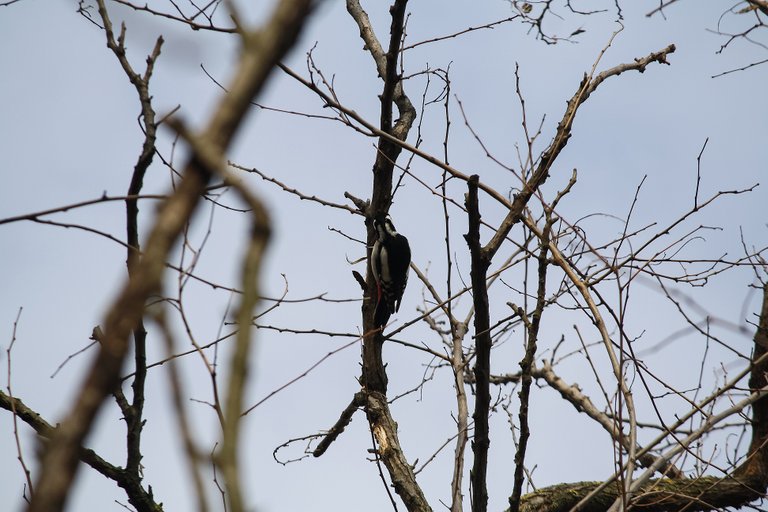
This year I noticed several birds along the road feeding on Prunus spinosa fruits.

Typically, it can be seen silently stalking its prey next to a canal or lake.
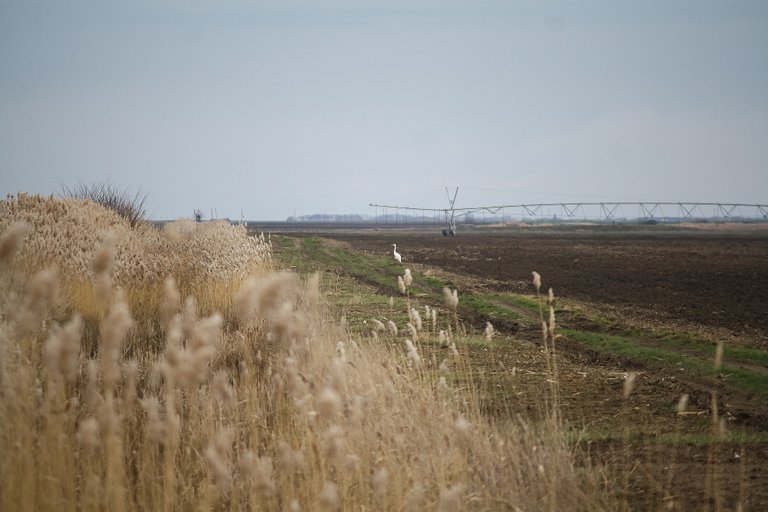
It is a common bird species that can be seen all year long in populated regions.
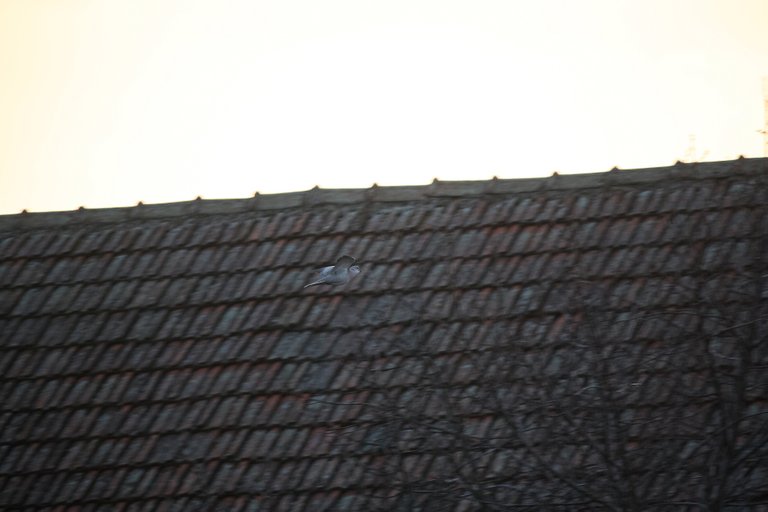
It represents the most numerous species of wild ducks in the area. It can be seen on all watercourses throughout the year.
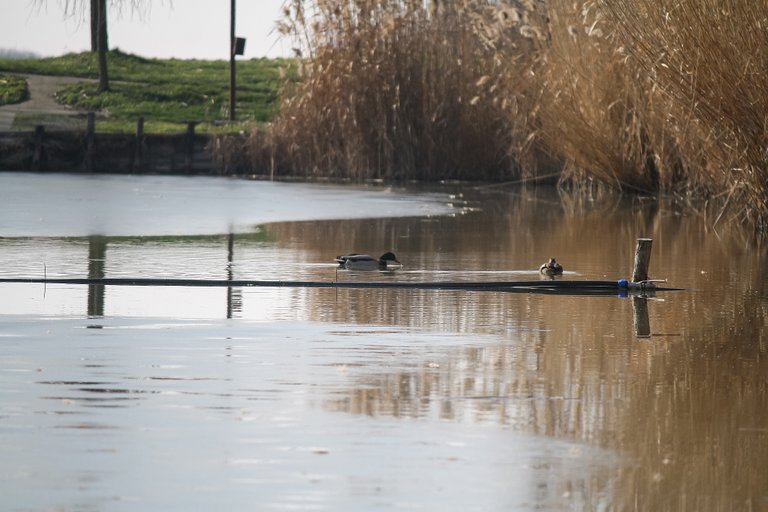
Another kind of bird connected to water. They were walking along the waterway and feeding, just like they were last month.
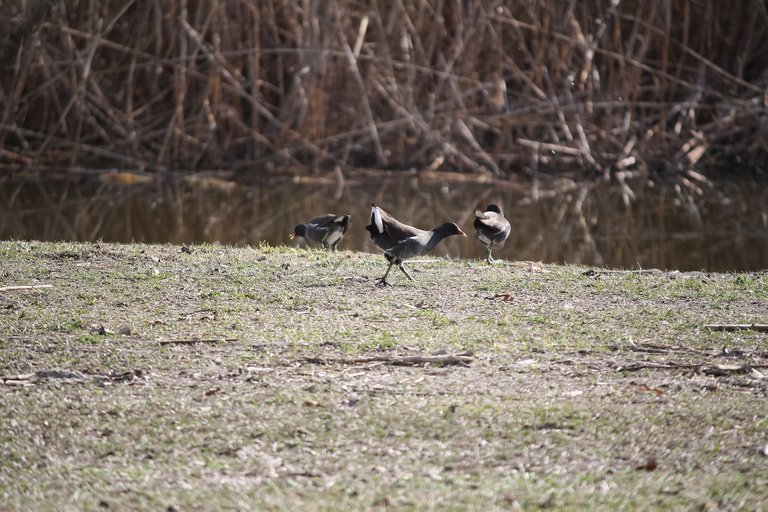
The rook and jackdaws are still very numerous but are now more to be found in the fields around the village than in the village itself.
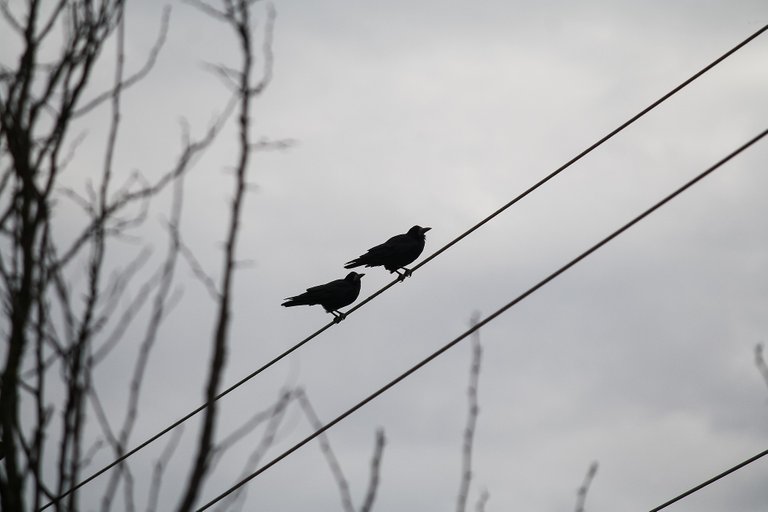
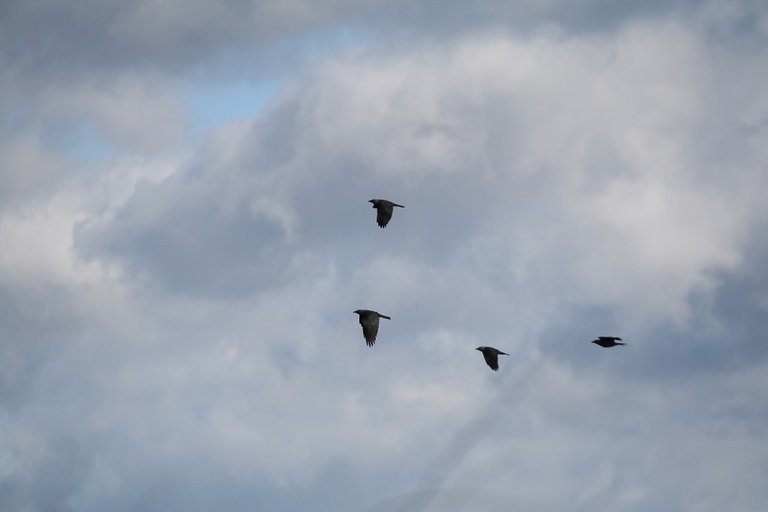
Even magpies can often be spotted outside the settlement which is not usual for them.
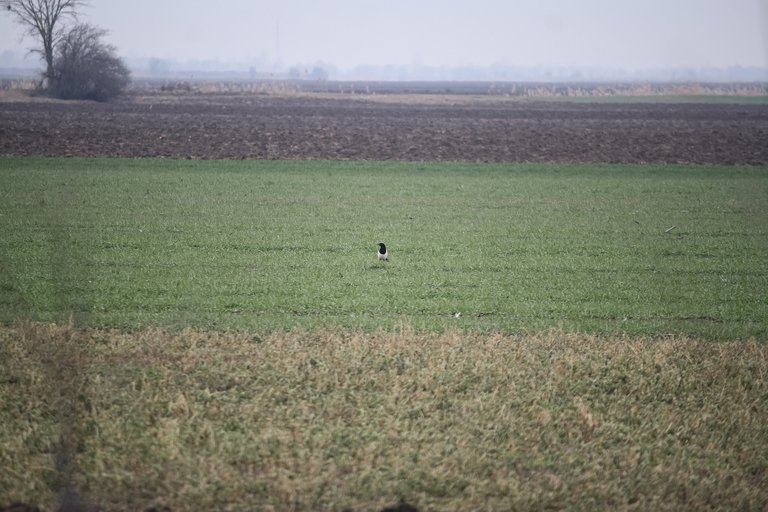
I also observe a smaller population of this species. Only the odd bird in the field and I hardly ever encounter them.

I hope you enjoy it.
Thank you for stopping by and supporting my content!